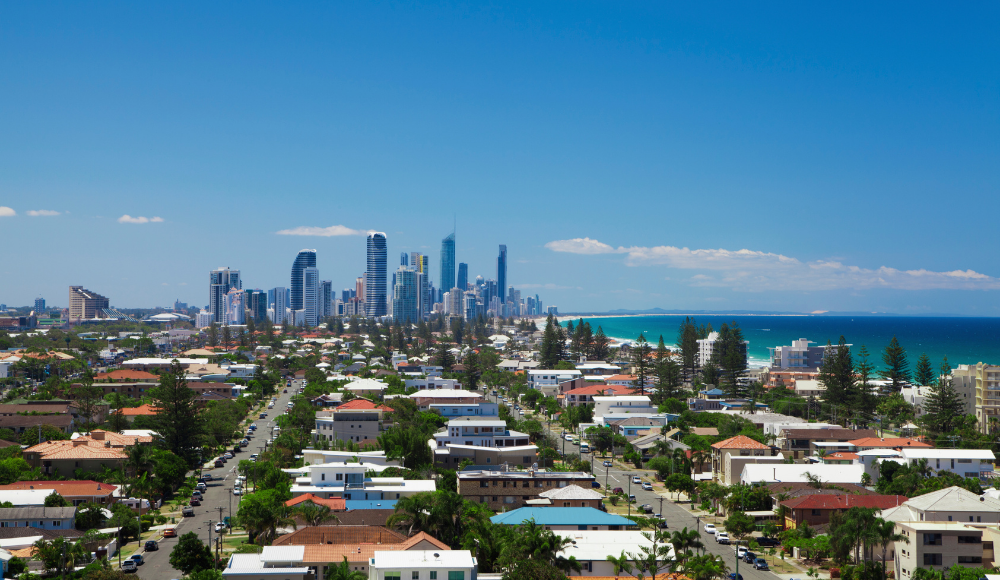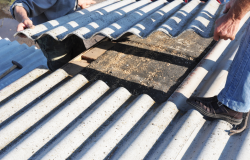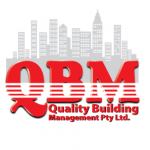Inflation Is Affecting Building Insurance Valuations – What You Need To Know
Inflation continues to cause havoc amongst economies worldwide and Australia is not exempt. With inflation remaining sticky and hovering around 3%, many sectors are still feeling the pinch, and the construction industry is at the top of the list. This has significant implications for building insurance valuations, prompting property owners to reassess their coverage to ensure their investment is properly protected. Rising costs for materials, labour, and services mean that the values previously assigned to buildings may no longer reflect current market realities.
Read on as we look into how inflation is influencing building insurance valuations in Australia and what property owners need to know to safeguard their investments effectively.
The Rise In Building Material Costs
The rise in building material costs can be attributed to several factors, including supply chain disruptions, increased demand post-pandemic, and inflationary pressures on raw materials. These factors have led to significant price hikes for essential building materials like timber, steel, and concrete. As a result, the overall cost of construction projects has surged, making it essential for property owners to reassess their building insurance valuations.
If your insurance policy is based on outdated construction costs that do not reflect current replacement costs, you may find yourself in hot water in the event of a major claim. Being underinsured in the event of a loss leaves you vulnerable to financial strain. Adjusting insurance valuations to align with the increased costs of materials is essential to ensure you have enough coverage to protect your investments in today’s evolving market.
The current costs of construction materials have risen dramatically compared to 2021, with significant price increases across key materials such as timber, steel, and concrete. For instance, timber prices have surged by more than 50% since early 2021, while steel and other essential materials have also seen comparable spikes.
Looking ahead, industry experts predict that while some prices may stabilize as supply chains recover and production ramps up, construction material costs are unlikely to return to pre-2021 levels. Instead, there is potential for a moderate upward trend in prices, making it essential for builders and property owners to remain vigilant
Building Materials Increase in Cost
- Laminated Beams – increased by 15 per cent
- Timber framing – increased by 50 per cent
- Concrete – increased to $200-$300 per cubic meter.
- Structural steel – increased by 20 per cent
- Roofing/Purlins – increased by 20 per cent
- Bar and Mesh products – increased by 40 per cent
The Importance of Building Insurance Valuations
Given the significant increases in construction material costs since 2021, maintaining current building insurance valuations has become more critical than ever. Accurate valuations ensure that property owners are adequately protected against potential losses, reflecting the true replacement cost of their buildings. With materials and labour becoming more expensive, relying on outdated valuations can lead to underinsurance, leaving property owners vulnerable in the event of a disaster or loss.
In the face of rising costs, it’s essential to reassess and update your insurance policies regularly. This not only helps to secure adequate coverage but it also helps to safeguard your investments and provide financial stability. Regularly reviewing and adjusting building insurance valuations in light of current market conditions ensures that property owners can effectively navigate the complexities of today’s construction landscape, providing peace of mind and protecting against unexpected financial burdens.
If you’re looking for building insurance valuations then get in touch with an experienced team that has the latest insights into building costs and variations. Our team at QBM has completed thousands of building inspections, forecasted Sinking Funds and prepared insurance valuation reports for buildings right across Australia.
Our team of trained professionals are ready to help, so contact us today!






